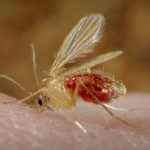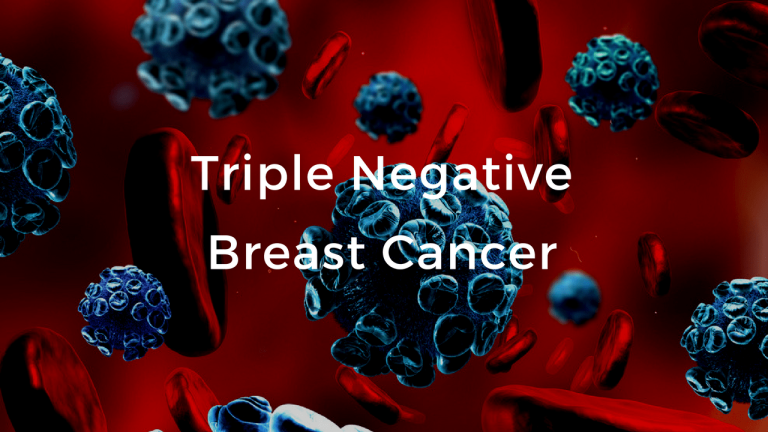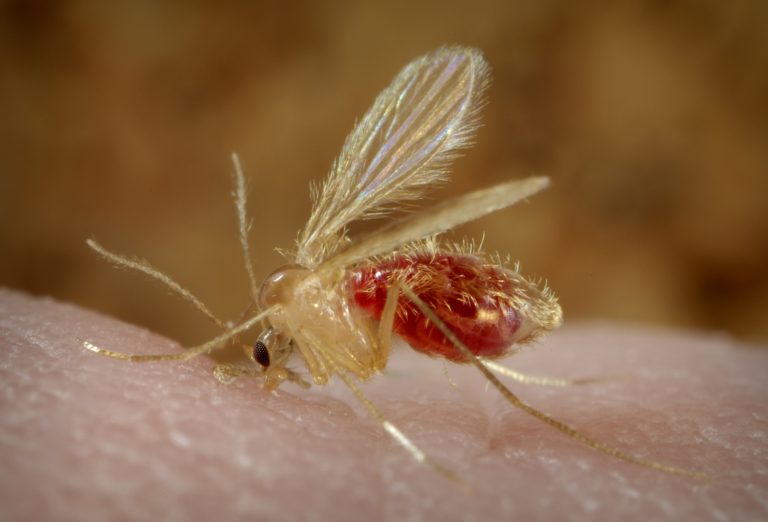Abstract
The proper spatial structure of RNA is crucial for its biological function, making the design of RNA sequences that adopt a specific secondary structure of utmost importance to biologists and pharmacists. However, this task poses a significant challenge, known as the “inverse folding problem,” for which no linear time-scaled solution currently exists. Herein, we introduce HomoRNA, a novel homology-modeling-based method for addressing the inverse RNA folding problem. In this study, we proposed a new structural format for representing RNA 2D structure, which was demonstrated to be simpler and less complex in terms of programming. We also introduced a novel algorithm that leverages this new format and a hierarchical decomposition scheme based on homology modeling. This scheme involves breaking down existing RNA structures into smaller substructures and storing them in a database. To find the best sequence for a desired structure, we convert it into the new 2D format and break it down into fragments. We then select the best sequences for each fragment and combine them to obtain the best initial sequence of nucleotides for the desired structure. Regarding accuracy, HomoRNA demonstrates the potential to obtain higher scores in all scenarios compared to previous methods such as ERD, CP, Info-RNA, MODENA, RNA-SSD, and RNAinverse. Additionally, in terms of energy difference and nucleotide distribution, HomoRNA results show more resemblance to actual RNA data and natural nucleotides when compared to other methods.
Link 1: Availability: The web server can be found at http://bioinf.modares.ac.ir/software/HomoRNA/
Link 2: https://en.civilica.com/doc/908732/









